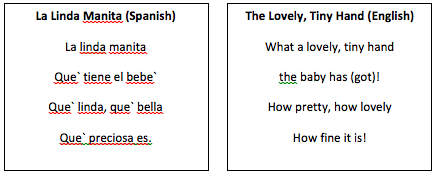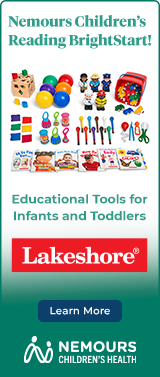This activity combines family tradition and culture with brief communication interactions that are invaluable for developing the foundations of language and literacy. Everyday interactions with infants turn into important communication exchanges that foster the development of language and literacy. Even the simplest moment of sharing a lullaby with your baby, coupled with words, concepts and gestures, becomes a language lesson.
None
Step 1: Whatever your cultural background is, your baby will feel a sense of security and love when you talk and sing to her beginning from birth. Take advantage of any moment shared with your infant and sing a cherished lullaby or song. Examples of some moments might be during diapering, nursing, feeding, bathing or rocking her to sleep.
Step 2: Singing popular songs and lullabies that are rooted in your particular culture or tradition offer a wonderful opportunity to share important vocabulary, stories or traditions unique to your cultural background. Choose songs that you enjoy the best and share them during tender moments with your baby.
Step 3: If your home is bilingual, sing songs or lullabies in both languages. This will support your baby’s learning of both languages. Many traditional songs and lullabies have hand or body movements that accompany the words. As your baby grows and develops, watch as she begins to imitate the hand movements along with the song.
Step 4: Lullabies and cherished songs often have origins from a particular country, but many have spread beyond borders. Here is an example of a lullaby with roots from Puerto Rico, which has spread in popularity among many Spanish speaking cultures:

Step 5: As you sing this lullaby, wave your hand slowly and gently so that your baby can see it. This will help her to learn how to associate the sounds of the word hand with your, and eventually her, actual hand.








